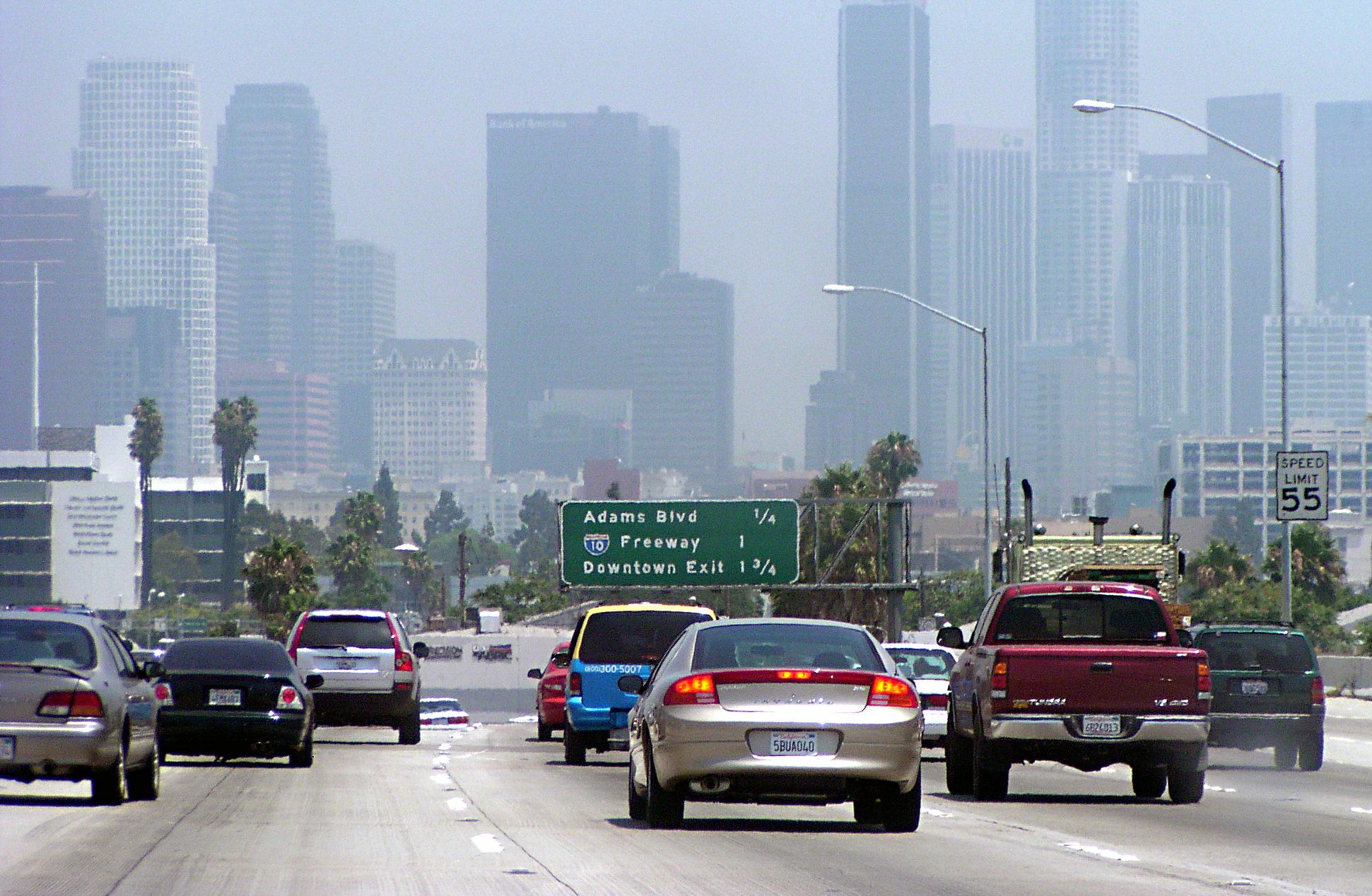 Image: JaypeeOnline/Flickr
Image: JaypeeOnline/FlickrWhen it comes to traffic signage, is less more?
That's the issue taken up by Ed Wagner of Tulsa Alternative Transportation Examiner, who was baffled by a wave of confusing new signs in the parking lot of his place of employment. Wagner believes the proliferation of stop signs in Tulsa has resulted in drivers who pay them little attention, or drive faster between stops, making conditions more hazardous for pedestrians.
The idea of doing away with signage is not new, but Wagner stops short of advocating a Mondermanist approach. Here's what he has in mind:
For most drivers, stop signs have become defacto yields. We should recognize this and simply replace them with true yield signs. I realize it wouldn't help those kids stranded on a street corner, but that problem could be addressed by stationing a crossing guard there.
But is it right to change the signage in order to align our streets with people's behavior? Or should we expect that behavior should conform to the existing signage? I'm thinking that by changing most stop signs to yields, we can give the remaining stop signs greater impact on driver's behavior, in effect, gaining compliance by reducing their numbers. Frankly though, that's a supposition which should be confirmed via testing.
Wagner also offers this tidbit on the double standard of the rolling stop: "There's a perceptual difference for motorists who reduce speed from 25 mph down to 5 mph, and feel that consists of stopping. Yet a cyclist who slows from 15 mph to that same 5 mph is seen as a lawbreaker."
More from the Network today: Mobilizing the Region on the effort to use complete streets to curb childhood obesity in Kingston, New York; Streetsblog San Francisco on the prospect of lifting the four-year injunction on bike infrastructure; and Greater Greater Washington on a partial victory for streetcar supporters.





